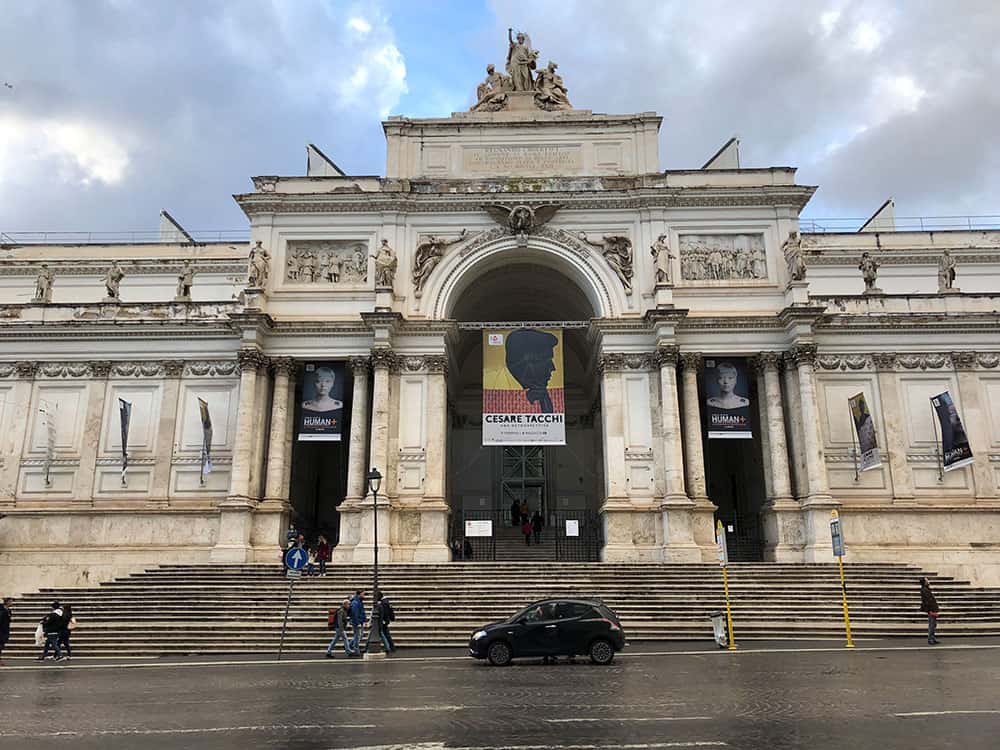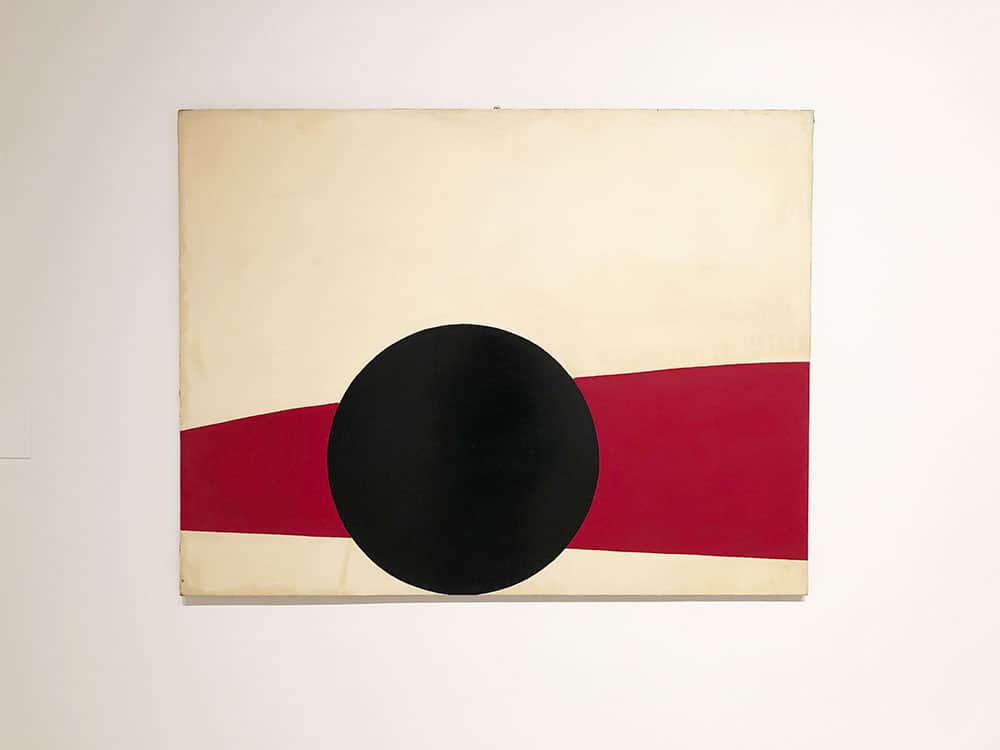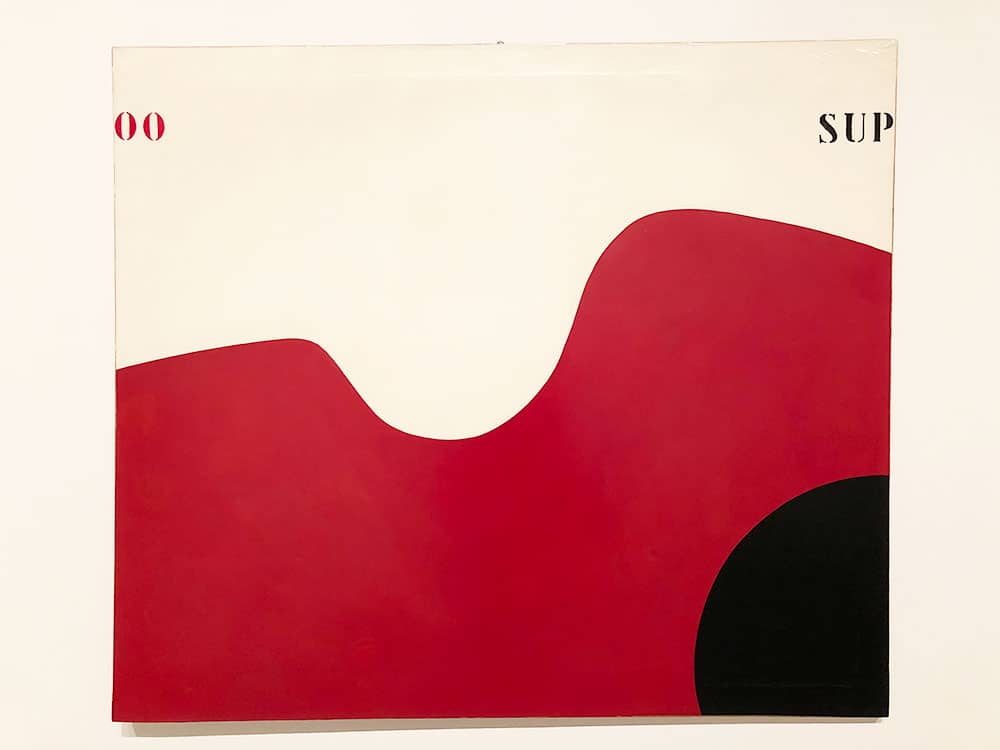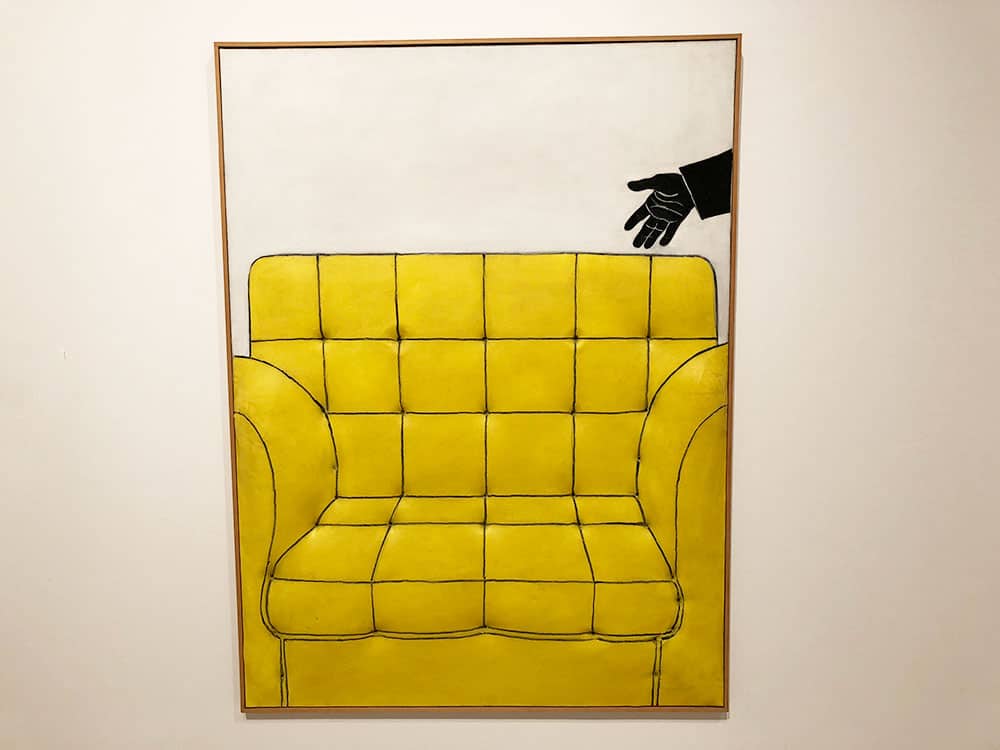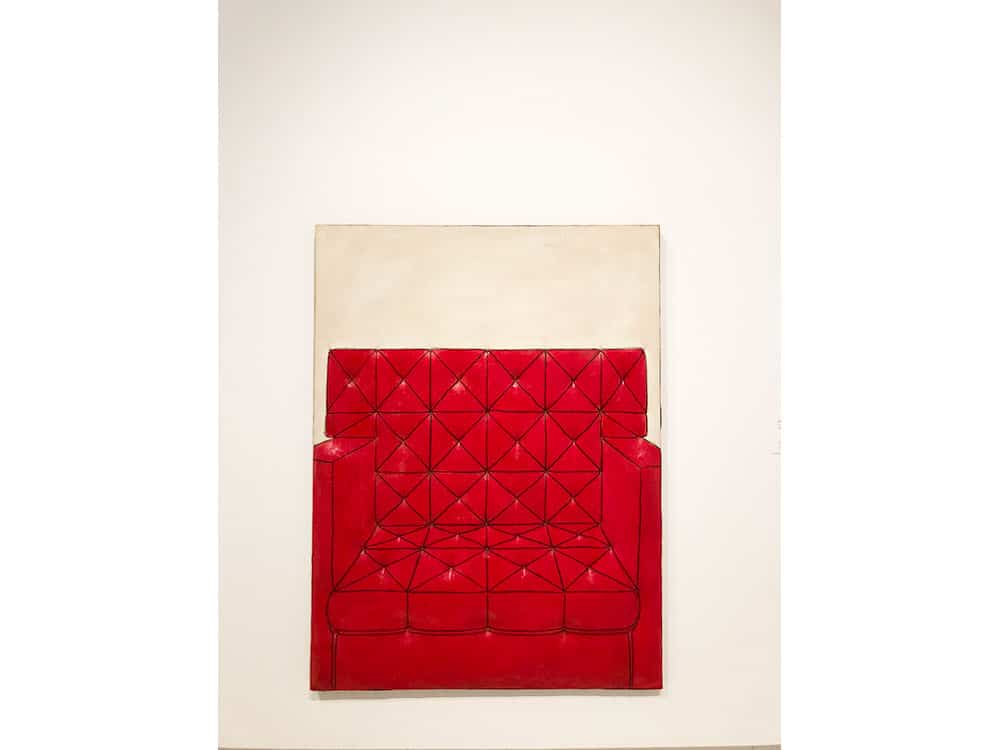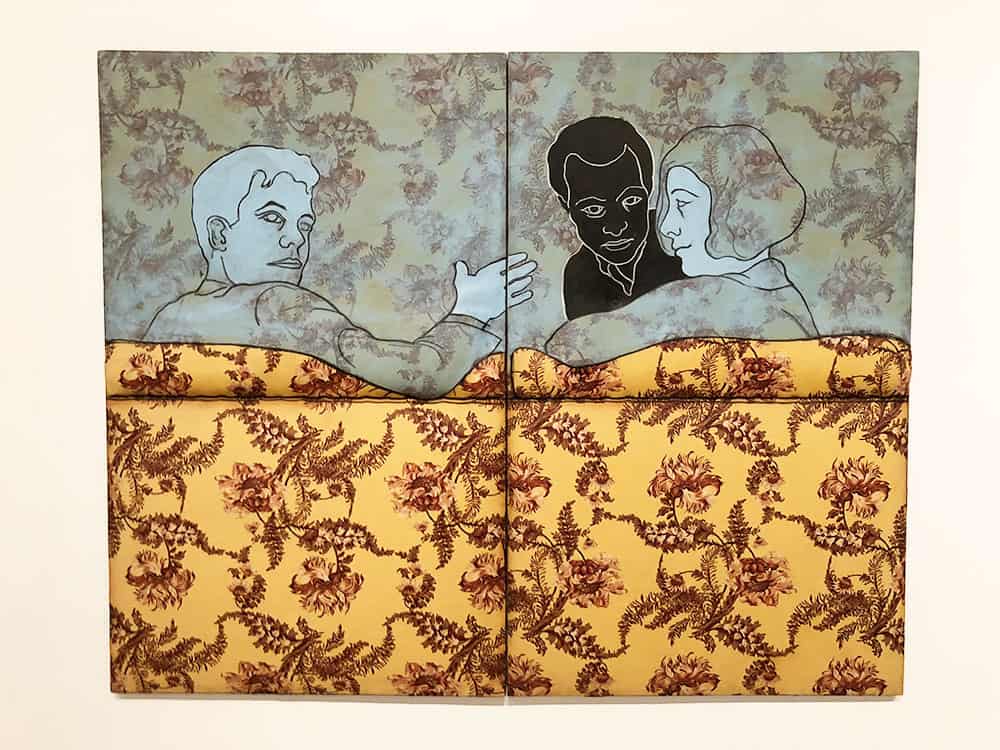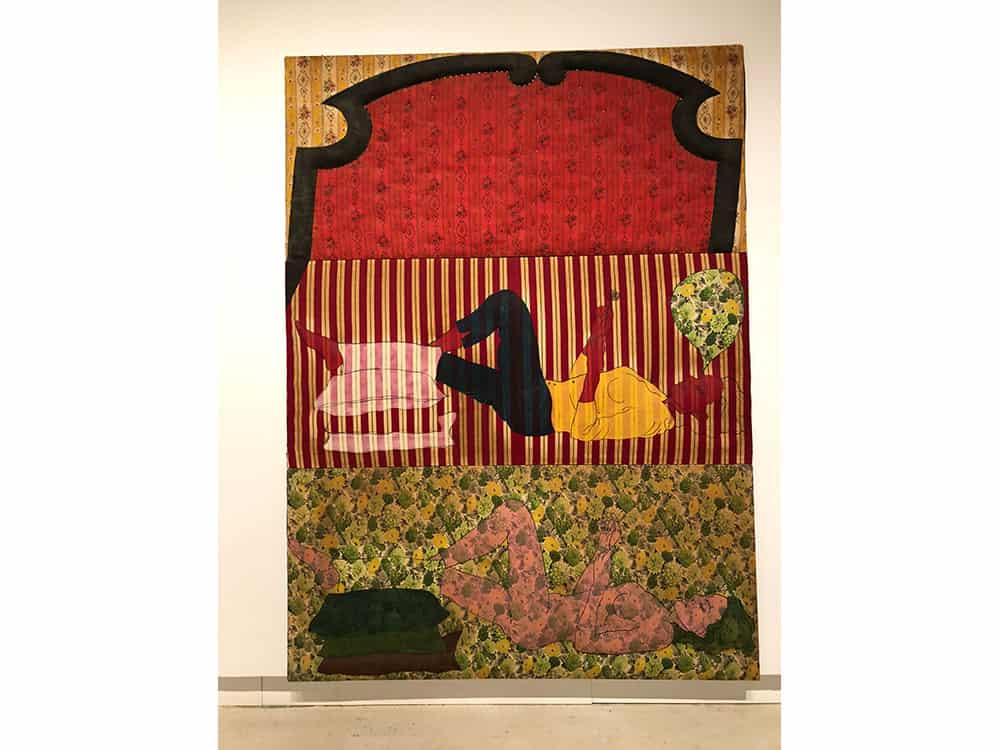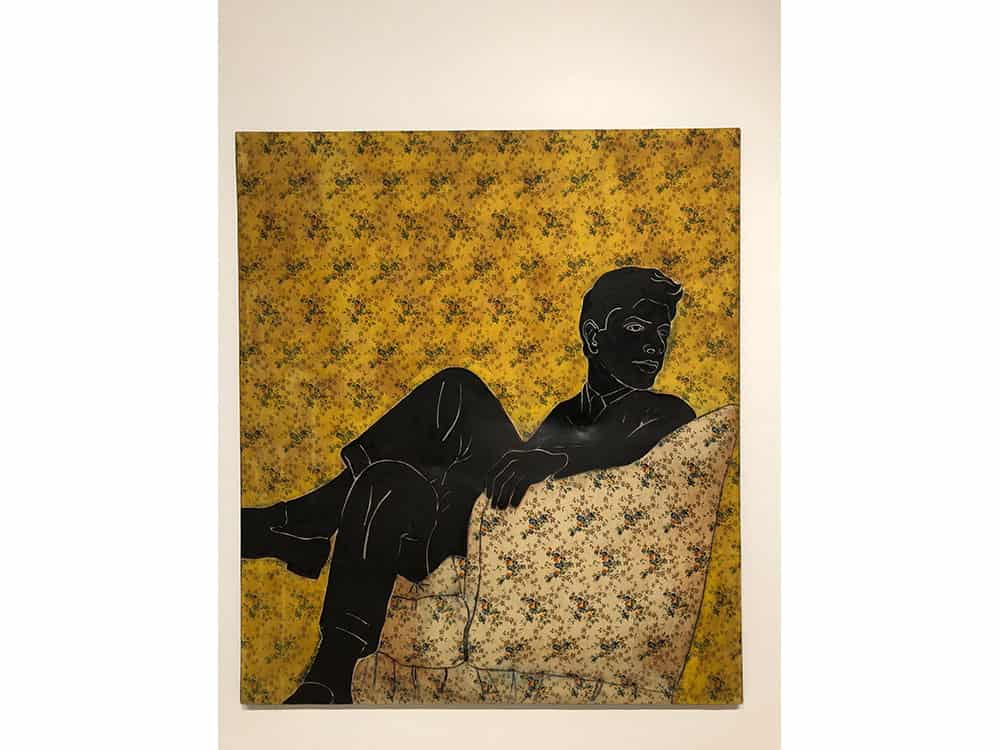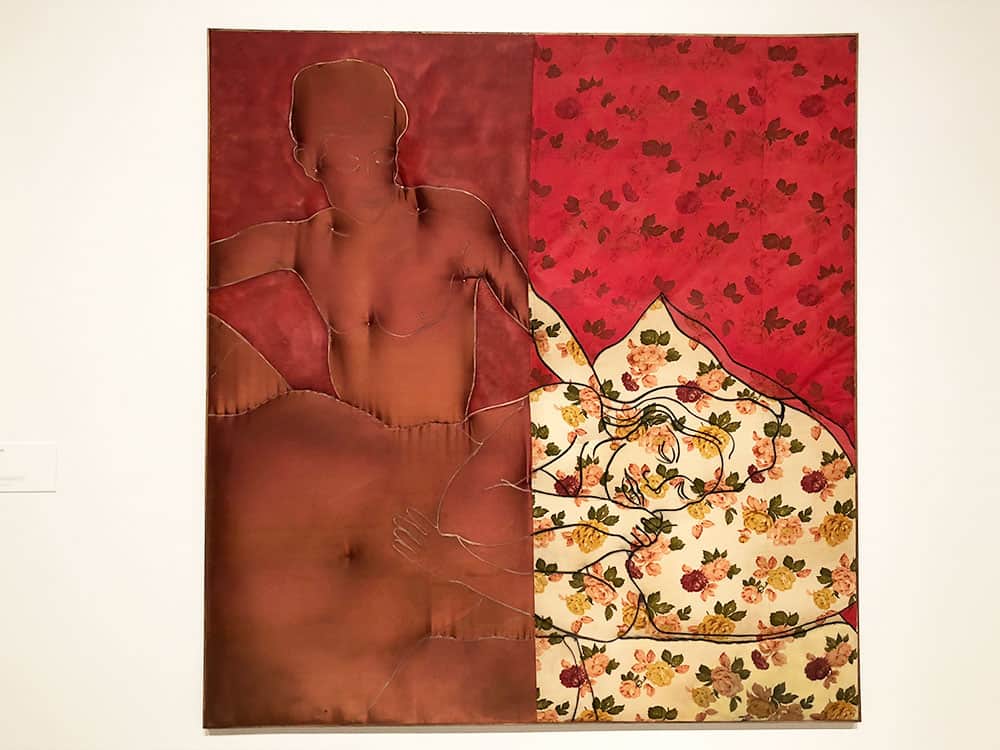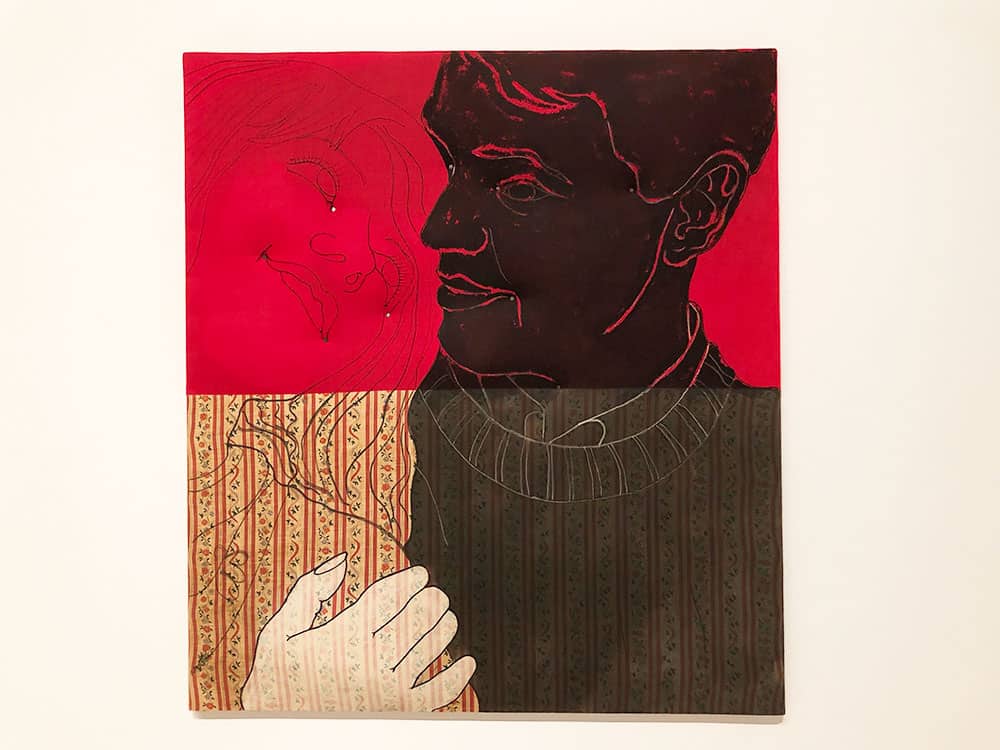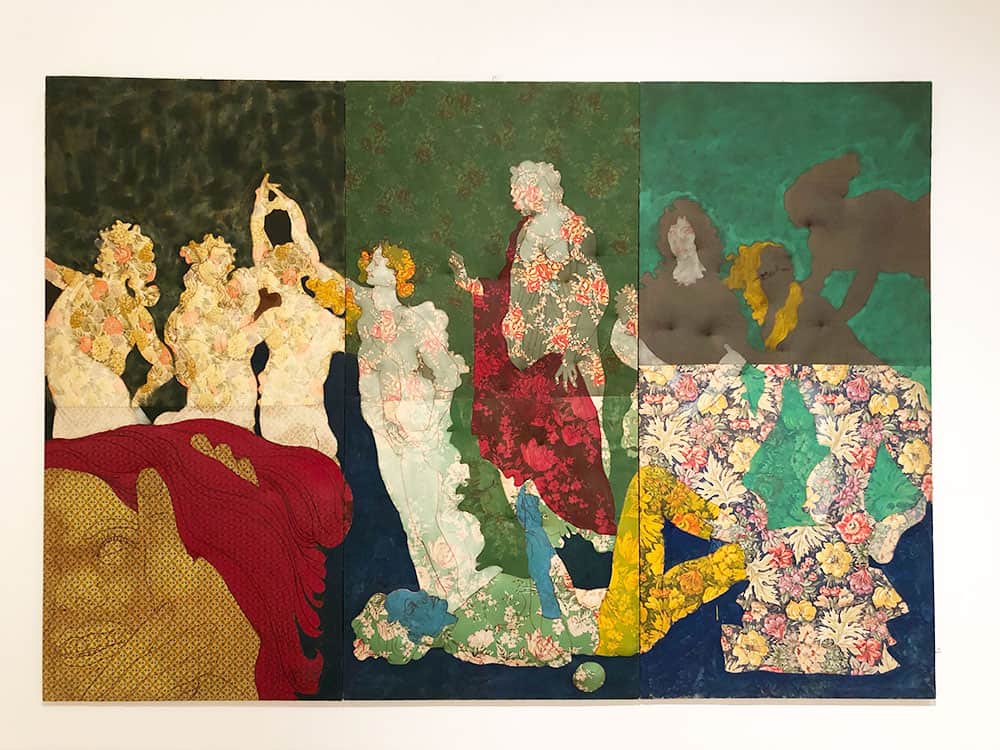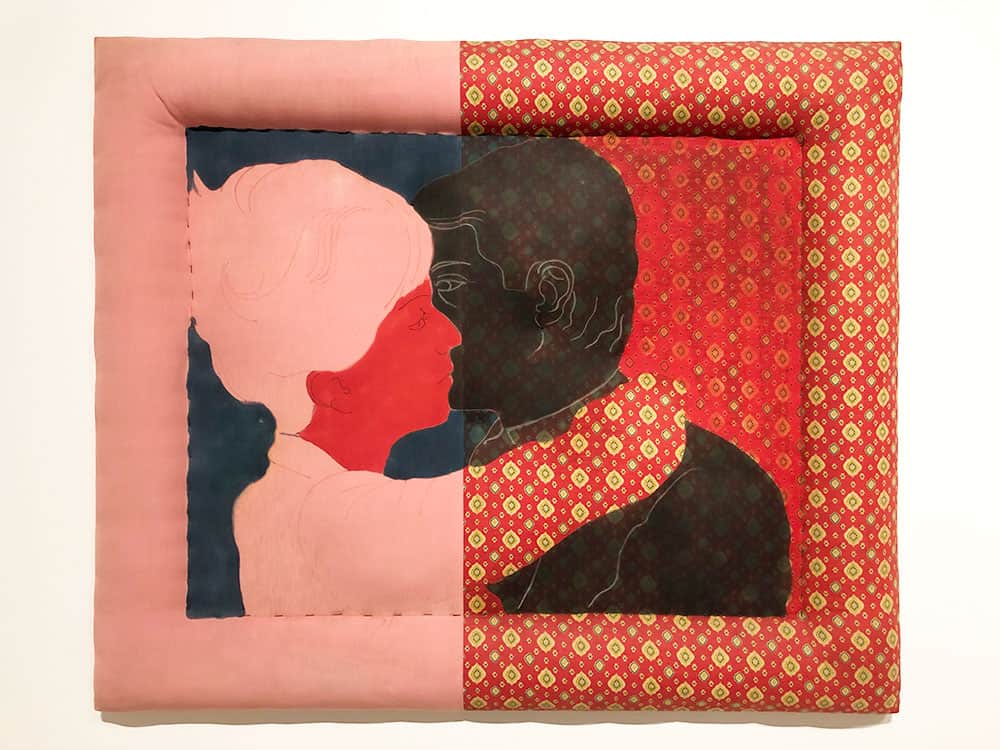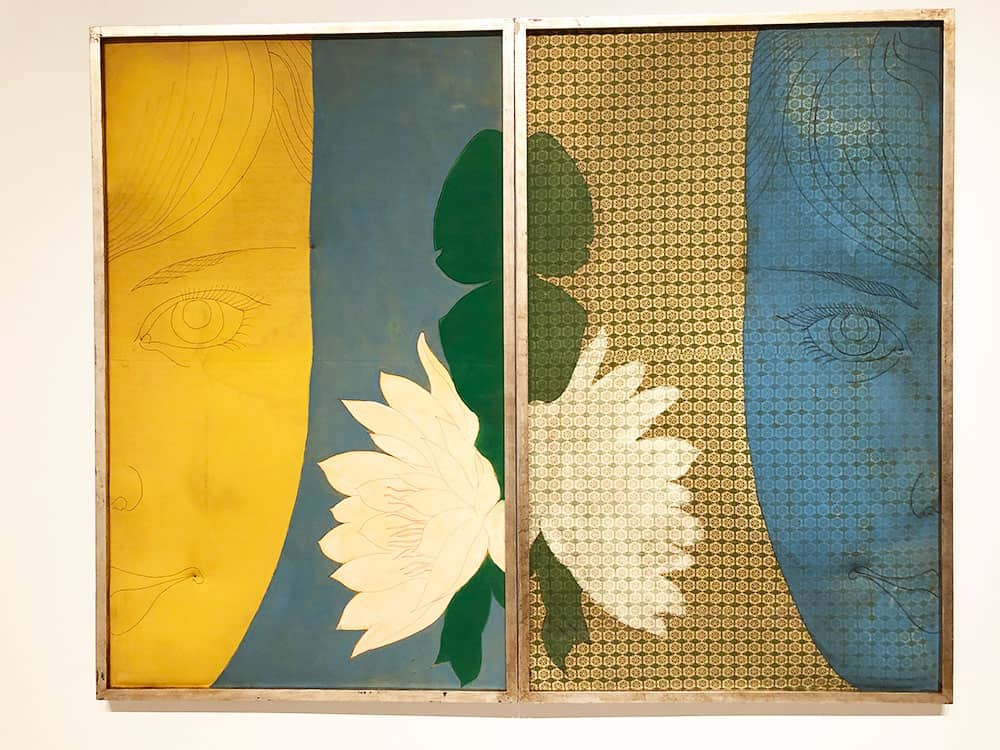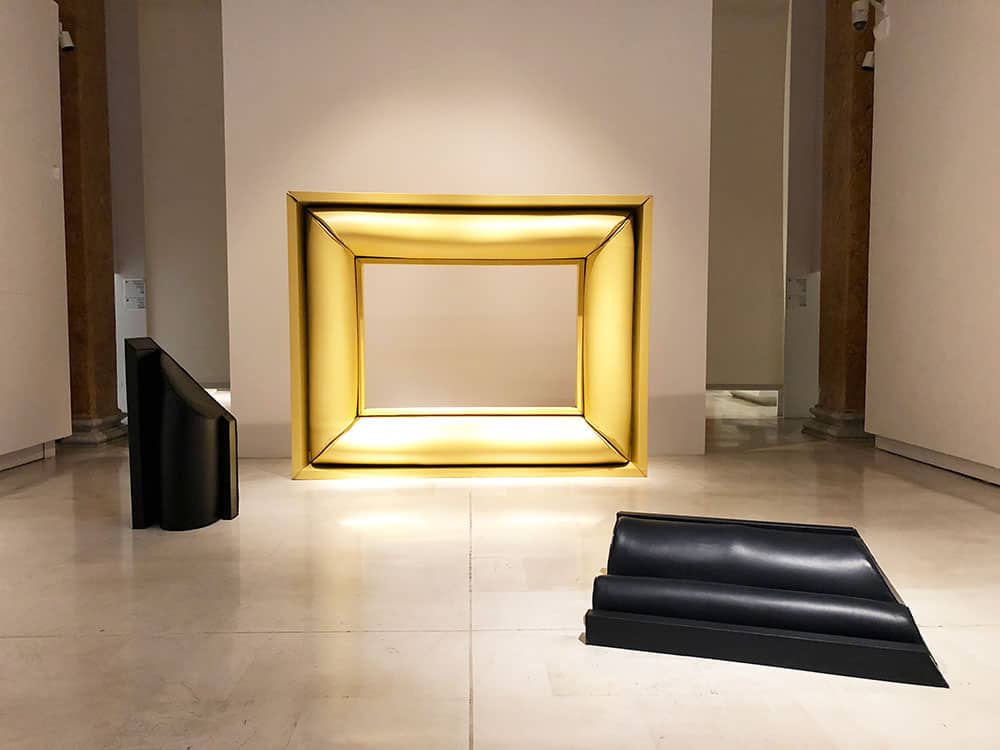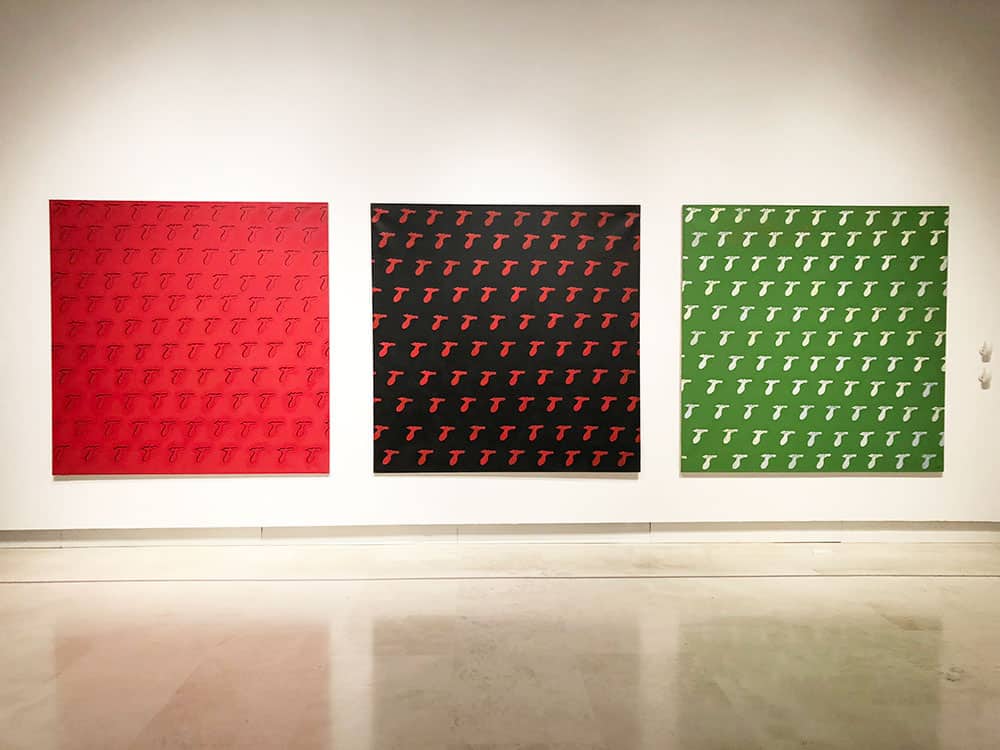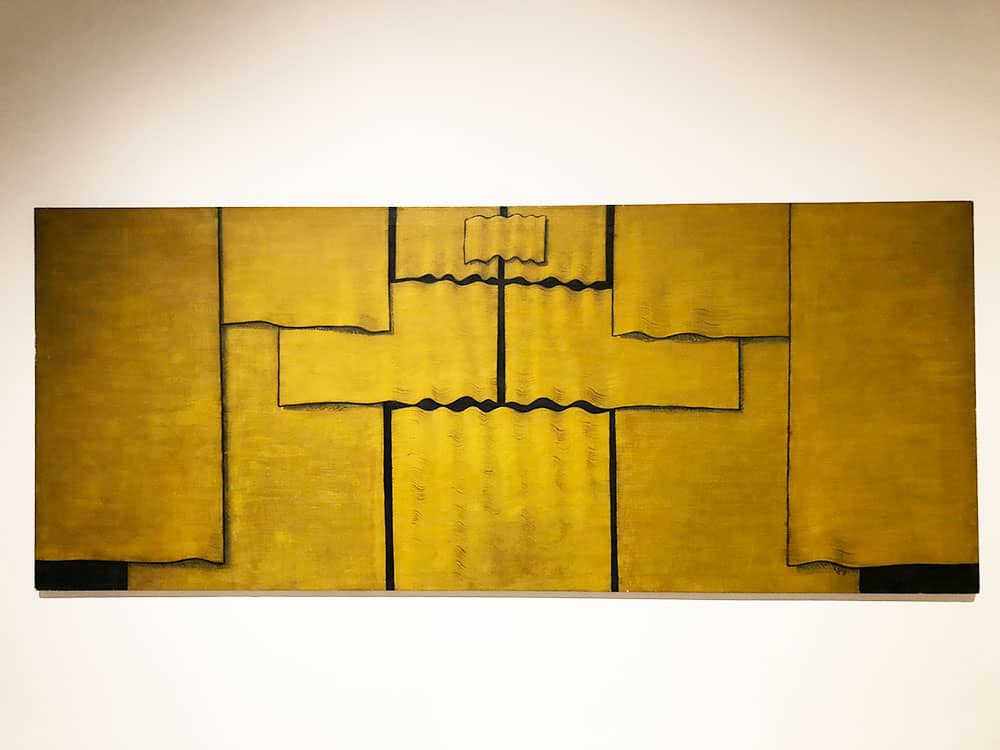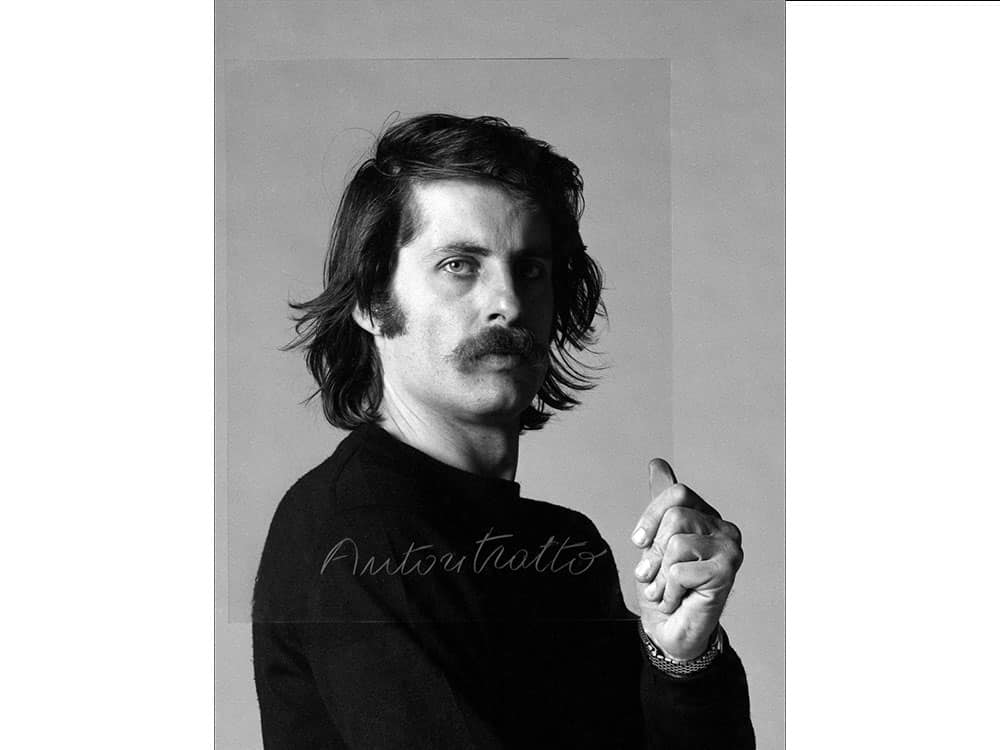In the last couple of years, the art world has shown a return of interest in Italian Pop Art and more in general, for the ironical way of looking at reality typical of this movement. Pop Art, in fact, did not only spread in England and America but also in Europe.
The 1964 Venice Biennale edition brought to the fore the Pop phenomenon that in our country developed with its own characteristics, in some way mirroring and reverberating the “dolce vita” and the “economic boom”.
In the late ’50s Mimmo Rotella and Enrico Baj somehow forerun this trend but in the early ‘60s in Rome began the so-called School of Piazza del Popolo whose major representatives were Tano Festa, Mario Schifano, Franco Angeli and Giosetta Fioroni who use to meet at the Caffè Rosati in Piazza del Popolo or at the Plinio de Martiis’ Tartaruga Gallery.
Artists, poets, film directors and literary scholars gather here, in search of new media, open to experimentation and to artistic forms grabbed from everyday life, from modern society, from the world of consumption and that become interpreters of a new cultural season.
With the original new group soon joined other artists such as Sergio Lombardo, Renato Mambor, Cesare Tacchi, Enrico Manera and Umberto Bignardi.
In Milan, on the other hand, we should mention the group that was gravitating around Studio Marconi – one of the central places of diffusion and affirmation of Pop in our country, – with artists such as Valerio Adami, Emilio Tadini, and Lucio Del Pezzo.
Other artists who have become later on icons of the contemporary artisti world have joined, even for a short period, the Italian Pop experience and among these, we remember Domenico Gnoli, Michelangelo Pistoletto, Jannis Kounellis, Aldo Mondino, Pino Pascali.
Rome in these days (from February 7th to May 6th, 2018) has dedicated to one of these artists, recently died, Cesare Tacchi, a rich retrospective at the Palazzo delle Esposizioni that we recommend you to visit.
All those who wish to stop for a couple of hours the wonderful and exhausting tour of the Roman ruins will be able to enjoy this ample exhibition that with a hundred works covers the artist’s activity from its beginnings to the latest experiences.
Cesare Tacchi in the ‘60,s like many other members of this current, worked on the image, whether it was advertising or movies but strictly observing it through the filter of reproduction.
Apart from the typical iconographic interest in a commercial subject (we mention one for all Andy Warhol’s Campbell Soup can), like in the Anglo-Saxon world, for Italian artists was added the one linked to the historical Art Masters.
Tano Festa used to say “An American paints Coke as a value, while for Michelangelo it is the same thing in the sense that we are in a country where instead of consuming canned foods we consume the Mona Lisa in chocolate packages”.
Of all the works presented in the exhibition I want to mention those that have seemed to me the most haunting, the so-called tapestries, true icons of “the happy atmosphere of the sixties.”
These are padded and protruding surfaces in which the artist represents his entourage acquaintances, friends, happy couples, sitting in an armchair, lying on a bed or on the lawns, as well as images borrowed from the history of art.
The stitches outlined by the artist to recreate the bodies and the furniture volumes, recall the high reliefs surfaces but they look gently familiar to the watchers like everyday life objects do. The normality of relationships, the comfort of armchairs and pillows.
In the same way, the bodies and their attractive softness are made through the volume given by the padding wisely distributed in a few neuralgic centers of interest. Navels, clavicles, flesh folds resting on floral, flat backgrounds, create perfectly known images, even in their apparent simplification.
I must confess that I’ve never come across Cesare Tacchi production before, and in a sense, I’m quite happy about it: it was a very pleasant surprise that I hope some of you can share.
Betti
[socialWarfare]

